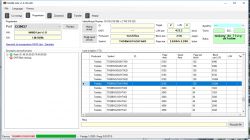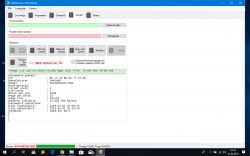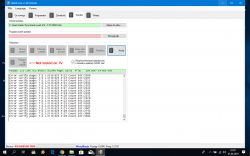Shipping to every country around the world: 21 PLN

Czy wolisz polską wersję strony elektroda?
Nie, dziękuję Przekieruj mnie tampawol wrote:Is it true that there is a patent for four-wire eMMC memory access?
I see on YouTube that Indians connect the DO, CLK, CMD and GND wires to the eMMC and make a jumper on the main Prock quartz. This way they choose eMMC in SPI mode.
Quote:
Nevertheless, in the SPI mode, Indians use the RT809H programmer to select the boot partition
fachura wrote:And now the question is whether the TC58DVM92A5TA10 chip is the same as the TC58DVM92A5TA00, I will add that the difference is in the final number. I mainly mean whether I will have the correct memory.
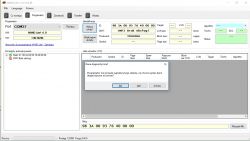
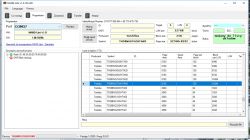
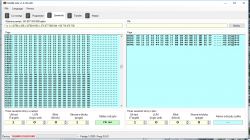
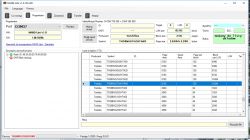
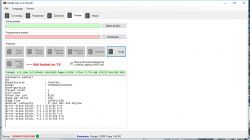

Error erase block: T:1 L:0 B:2630 P:0
Error erase block: T:1 L:0 B:2635 P:0
Error erase block: T:1 L:0 B:3122 P:0
Error erase block: T:1 L:0 B:4212 P:0
Error erase block: T:1 L:0 B:4213 P:0
Error erase block: T:1 L:0 B:4214 P:0
Error erase block: T:1 L:0 B:4215 P:0
Error erase block: T:1 L:0 B:4216 P:0
Error erase block: T:1 L:0 B:4217 P:0
Error erase block: T:1 L:0 B:4218 P:0
